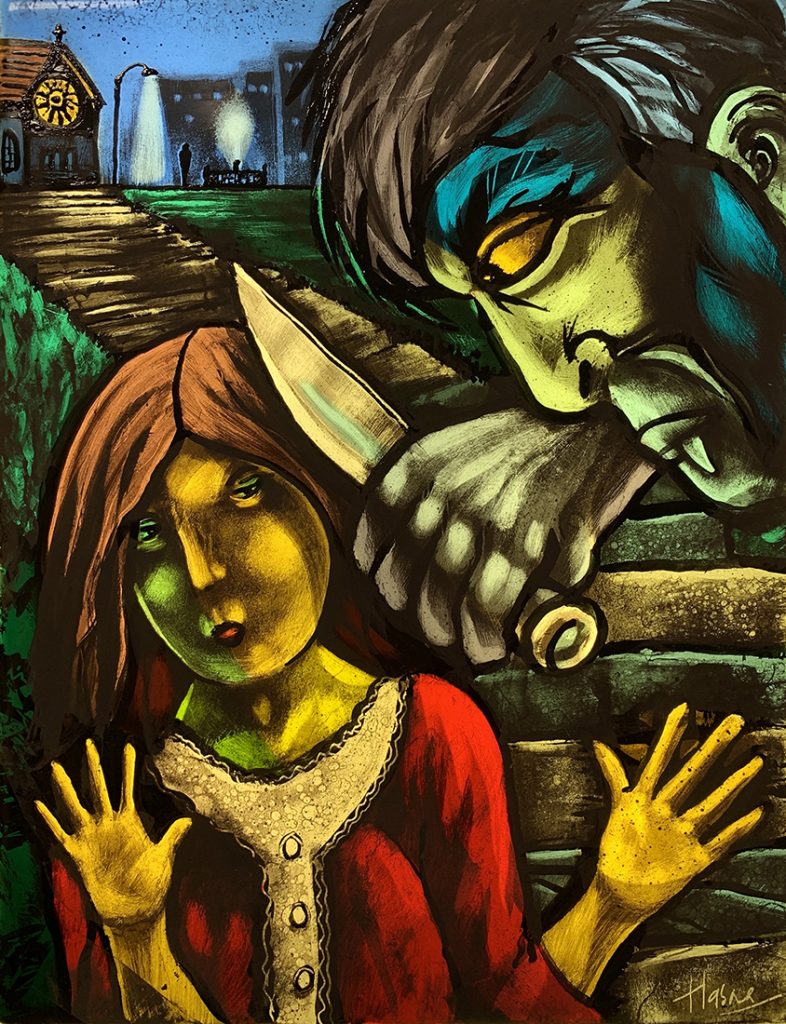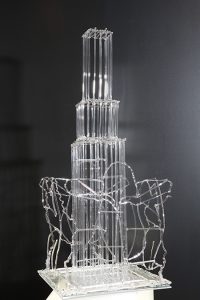
Hasna Sal says her life’s work is telling stories about survivors and empowerment, and she will tell those stories in two ways – through glass art and a new book of poetry – at a Westport Center for the Arts exhibit opening Nov. 12.

Sal calls herself a raconteur, bringing to light stories that are overlooked or forgotten through her sculptural glass and light installations and now through her poetry. She works from a Kansas City studio and shows her work in an Overland Park Galley, but is also exhibited in various shows and competitions worldwide. Trained as an architect, she was chosen to display her work this month at the 2021 Biennale at Larnaca in Cyprus, where she is one of 54 artists out of several hundred worldwide entries. She is also one of the artists chosen to display their work at the new Kansas City International Airport which is under construction. She has just completed her first book of poetry.
At the center of the Westport Center for the Arts show is the glass sculpture Dystopia, which Sal calls her most powerful piece. The five-foot-tall work asks the viewers to think and question their actions.
Other glass works in the show are maquettes, or working models, of art she has created for two Kansas City Parks. Four glass panels called Into the Light have been permanently on display in Kansas City’s Lykins Park since last October. They are the first public art memorial in the nation memorializing the victims of human trafficking. One of those survivors will join Sal at the opening and speak about how invisible she once felt in that Kansas City park and how her life has changed since. The glass panels take the viewer through the victim’s isolation, damnation, redemption and finally salvation.
Sal also will display her current project, a series of glass works for the Independence Plaza Park that she calls a tribute to caring, nurturing and children, based on stories of women she has met in Kansas City.
The Nov. 30 opening also will mark the launch of Sal’s book, Poems in Glass, published by Kansas City’s Flying Ketchup Press. In it, Sal addresses her intuitive interior design, her advocacy installations for victims of trafficking as well as her experience with art that is healing to both human spirit and the environment.
“As an artist, I feel a responsibility to be an advocate of change,” she said. “Public art is a means to create a conversation that may be polarized. It becomes a conversation piece when it is used to voice our opinions and to listen.”
